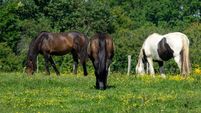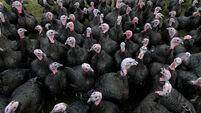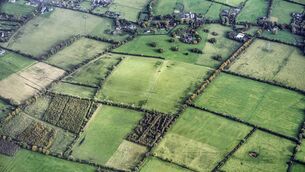Johnes disease risk for humans
One such is Johnes disease, in cattle, which may have a link to Crohns disease, in humans.
Johnes disease is getting more prevalent, and is thus becoming the focus of attention.
Pooled milk samples or yard scrapings can be tested to determine if you have Johnes on your farm. It is very important to know. Contact your vet if you have any doubts.
Johnes disease is unusual in many ways. Infections occur in the womb, passing on to young calves, but clinical signs do not occur until years later. It is not possible to vaccinate against it.
The disease can only be diagnosed when animals show symptoms, such as reduced milk yields, severe weight loss, chronic diarrhoea. These symptoms are similar to those caused by other diseases or malnutrition, but if animals do not respond to treatment, Johnes disease must be suspected and veterinary tests carried out. It spreads through bought-in carrier cattle, faeces, colostrum and milk.
Control is best achieved by carrying out the following practices at calving time:
Tail and udder clipping to avoid faecal contamination.
Remove the calf immediately after birth.
Feed colostrum from dams only.
Don’t pool colostum if Johnes is suspected, because colostrum or milk from one carrier cow could infect all calves.
Use milk replacer instead of pooled milk. Other control measures include keeping a closed herd or buying from a very reliable source. Good hygiene practices, not spreading slurry where calves are grazing, and rearing replacements separately from the rest of the herd will also help. Because of a possible link with Crohns, only pasteurised milk should be used on farms.












